Pack Weight: 50g .
Price : 18 $ USD
Components :
Salix album / bark
Urtica dioica / flower and leaf
Capsicum annuum / fruit
Calluna
TEA 11 :
A herbal infusion made from natural medicinal plants with no side effects.
Indications :
- Joint inflammation (arthralgia)
- Osteoarthritic pain
- Lumbar osteoarthritis
- Intervertebral arthrodesis
- Cervical osteoarthritis
- Musculoskeletal pain
- Chronic degenerative arthropathy
Enhancing Effect:
For a more pronounced beneficial effect, use soap 311 and cream 211
Arthralgia
Arthralgia, or joint pain, may or may not be accompanied by joint inflammation.
A joint consists of two bone ends, protected by cartilage and sometimes cushioned by menisci. It is sealed within a synovial capsule, filled with a lubricating fluid, which lines the interior and facilitates smooth movement. Muscles attach to the joint through tendons.
Cartilage serves as a rigid yet deformable shock absorber, distributing pressure evenly across the joint. It is 70% water and contains collagen and proteins forming a network soaked in synovial fluid, with chondrocytes (specialized cells responsible for regeneration).
Causes
The cause may be traumatic (such as sprains or joint fractures) or non-traumatic (such as inflammatory conditions or rheumatism).
In children, it may be due to acute rheumatic fever or osteochondritis.
In addition to pain, patients may experience stiffness, cracking sounds, and swelling.
- Night painis often caused by osteoarthritis, a wearing down of the joint.
- Morning painis often due to arthritis, an inflammation of the joint.
Osteoarthritis
Osteoarthritis, or osteoarthrosis, is a chronic joint disorder caused by cartilage deterioration.
It is characterized by:
- Cartilage damage, which cracks and develops ulcerations (holes in the cartilage), exposing the underlying bone.
- Bone damage, leading to localized decalcification (osteoporosis)and bone thickening in certain areas, particularly in epiphyseal zones (subchondral osteosclerosis).
- Formation of bony outgrowthson the edges of the joint, known as osteophytes.
- Possible synovitis(inflammation of the joint lining).
Causes
- Physical Factors: Repeated traumaor chronic excess weight can cause cartilage cracks and chemical deterioration.
- Metabolic Factors: Obesity increases the riskof osteoarthritis, along with metabolic syndrome (high blood pressure, diabetes, insulin resistance, and dyslipidemia).
- Hormonal Factors:
- After age 50, osteoarthritis incidence increases in women due to hormonal changes during menopause.
- Long-term hormone replacement therapy (HRT)increases knee cartilage thickness.
Osteoarthritic damage can progress to:
- Movement restriction (ankylosis)
- Partial disability
Recommendations
- Engage in regular physical activityto control weight, strengthen muscles, and improve tendon flexibility.
- Promptly treat joint injuries(joint damage, sprains, or fractures).
- Maintain a healthy diet, ensuring adequate intake of vitamins C, D, and E, as well as glucosamine and chondroitin supplements.
- Avoid repetitive heavy lifting.
Treatment
The most well-known treatments include:
- Non-Steroidal Anti-Inflammatory Drugs (NSAIDs)
- Pain relieverssuch as paracetamol and morphine
Side effects of NSAIDs include:
- Gastrointestinal issues(stomach pain, nausea, diarrhea)
- High blood pressure risks
- Dizziness
- Asthma attacks

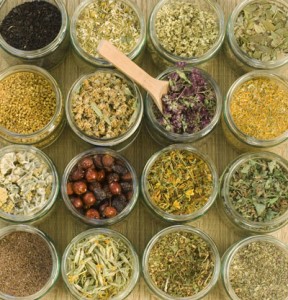
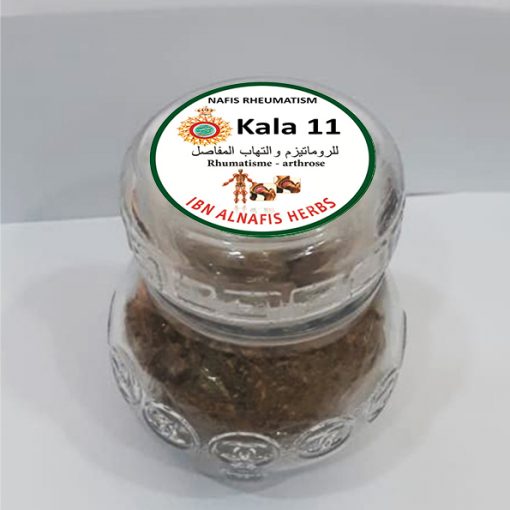
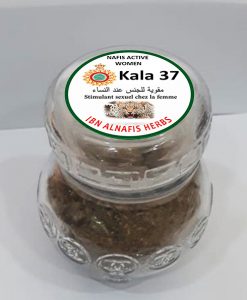
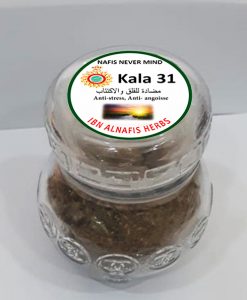
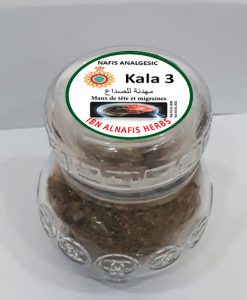
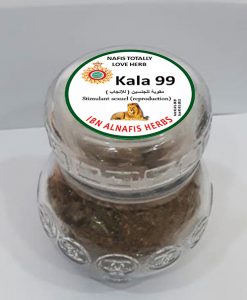
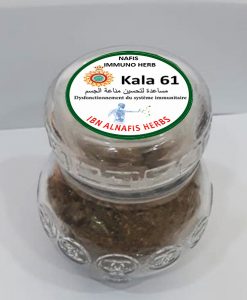
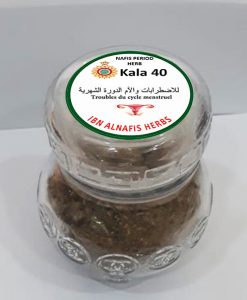
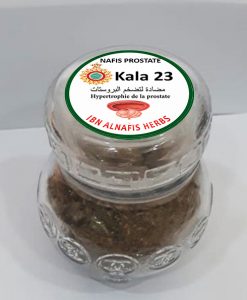
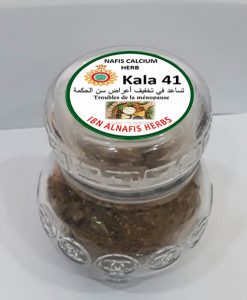
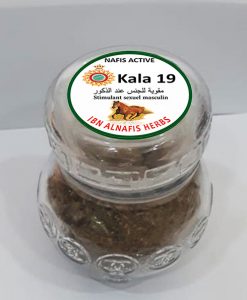
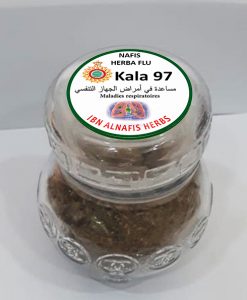
Reviews
There are no reviews yet.